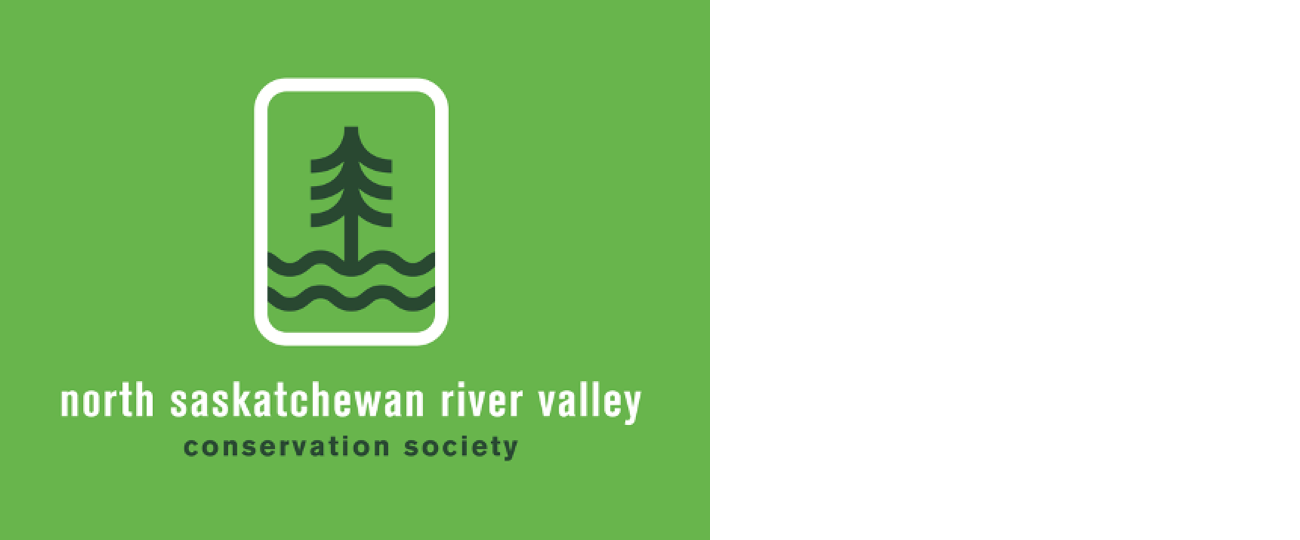Laura Barakeris’ story of discovering snowboarding as an adult
The winter I turned 40, I learned how to snowboard. We had gotten our kids lessons at Snow Valley and in my search to find equipment for the boys, I found a ladies’ set of boots, board, bindings and helmet for $50, so I bought it. Everyone I told tried to talk me out of it. “You’ll hurt yourself, You’re crazy, Ninety per cent of people over 40 break their wrists snowboarding.” No, you are not crazy. If you have a good instructor, you’ll do fine.
Snowboarding is fun, and despite the impression given watching 15-year-old boys zip straight down the hill, I find snowboarding slower than skiing. I can dip and weave, turning wide lazy loops all the way down. Initially the learning curve was sharper than the groove I dug into the hill as I slid down heel-side trying to stay upright. I landed on my butt a lot. My muscles ached from tensing up when I fell. But with practice and repetition of proper techniques, it got better.
One evening, I ended up being the only student showing up for the lesson. I joked to Kayla, my instructor, that it was our private lesson. It had snowed that day and was powder heaven. I couldn’t dream feeling better, I floated on air. My motions slowed, but exaggerated, my body felt looser, like moving through a marshmallow. Tornado swirls marked my descent. I felt like a kid again, back when summer holidays lasted forever and I didn’t worry about how I looked.
I sat at the top of the hill, strapped on my board and looked out towards the Whitemud. Commuters driving home, headlights shone through the falling snow. Sounds muffled. The air glowed and cloud filled the sky except for a wide low swath to the east. Flakes melted on my face, as I tilted my head back. “Ready to go again?” Kayla asked me. “Absolutely.”
Adult lessons and rentals are available at local ski hills in the river valley. These locations include Edmonton Ski Club, Rabbit Hill Snow Resort, Snow Valley Ski Club, and Sunridge Ski Area. https://www.wintercityedmonton.ca/snowboarding-over-40/
Call out the army, the blizzard of 1942
It’s November 15, 1942, and Edmonton is an integral link in the United States Army Air Corps northwest staging route stretching from here to Fairbanks. On land, the city is the staging point for the construction of the highway to Alaska. American service personnel are everywhere. They’ve built their own hospital and a club for off-duty soldiers. Every available vacant space is now part of their hive of activity.
Then, the unexpected happens. The heavy sky unleashes a snowfall the likes of which Edmonton hasn’t seen since the 1880s. We are not prepared. Nearly 20 inches, or 50cm, of snow comes down in some spots. The city is at a standstill. Edmonton Transit abandons its streetcars in drifts, some of which are up to 15 feet high! Edmonton has no snow removal equipment. But there is hope.
American Army Air Corps personnel and crews from the Alaska Highway construction receive a call. They quickly convert equipment to remove snow. In two days, our American guests clear the roads. The city moves once more.
City council and administration vowed to never be unprepared for such weather again, and to solve the winter snowfall road-clearing problem. https://www.edmontoncommonwealthwalkway.com/winter/it-s-snowing-call-out-the-army
Pancakes on the North Saskatchewan River
Have you ever looked at the surface of the North Saskatchewan River and noticed that it seems to bloom with frozen lily pads? This blossoming phenomenon is not unique to this river, but it’s certainly a captivating event. Every year, as the cold sweeps across the prairies, these discs appear and proliferate, covering our river with pancakes. The official name of this ice is pancake ice.
Pancake ice forms on waterbodies across the world including Scotland’s River Dee, Antarctica, and even the Great Lakes. These round plates are observed from 30cm-3m in diameter and can grow to be 10cm thick. They form on water that has some wave action and temperatures that are just below freezing.
The agitation of the river, paired with the slowly dropping temperatures create an ideal environment for grease ice, a very thin layer of ice, to form in somewhat circular discs with a raised edge. While watching these pancakes glide downstream, you could hear them bump into each other with an audible slosh.
Folks are always encountering new formations appearing on the surface of the North Saskatchewan River during the dynamic season of winter. For example, the river is known for gently freezing into soft ice crystals since the water is constantly moving and being stirred up. The name for this clumpy ice is frazil ice. https://www.swimdrinkfish.ca/north-saskatchewan-riverkeeper/blog/serving-up-pancakes-on-the-north-saskatchewan
Gigi by Louis Munan and members of the Alberta Sculptors’ Association, Borden Park, YEG
https://www.edmontonarts.ca/public-art/gigi
Comment or Contributions
Please note articles may not reflect the position of NSRVCS. River Valley News is meant to be a clearinghouse for the variety of opinions and ideas about Edmonton’s River Valley.
Email river valley photos, event information, comments, or questions to nsrivervalley@gmail.com
Forward this link to anyone you think may want to sign up for this newsletter https://www.edmontonrivervalley.org/newsletter-signup














